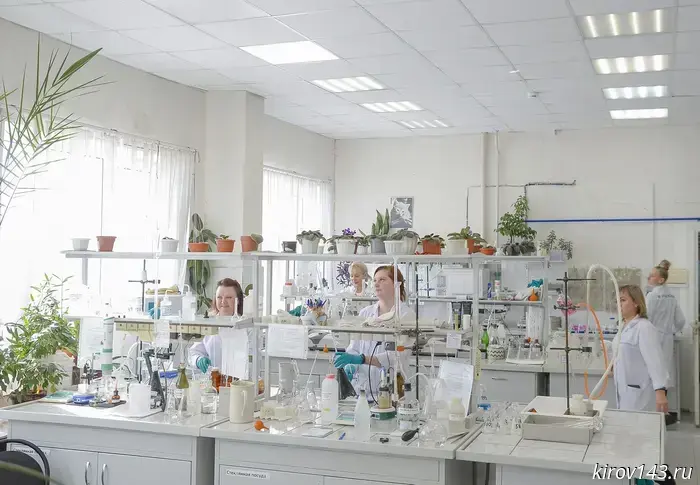
In 2026, utility bills in Kirov Oblast will be raised twice.
The document states that in 2026 housing and communal services tariffs in Russia will be raised twice — on January 1 and October 1. The government has established indices for changes in utility charges. Thus, on January 1 tariffs will rise by an average of 1.7% across all regions. On October 1 — depending on the region. In Kirov Oblast the increase will average 8.9%. Note that it is among the regions with the lowest figures. For comparison: in Stavropol Krai — 22% from October 1, in Dagestan — 19.7%, in Tambov Oblast — 17.5%. This large regional spread is due to the fact that in some regions tariffs have not been raised for a long time, and now the need has matured, so they must be increased more sharply than in other territories. It also depends on how worn the networks are in a given region, which requires factoring financing for their restoration into the tariff, writes RBC. The government’s order also specifies the values of the maximum allowable deviations for certain regions from the indices of changes in utility charges. This means that local authorities may additionally increase the tariff by the established amount. In Kirov Oblast the deviation will be 0% from January 1 and 2.1% from October 1. By the way, the values here are also small. For comparison: in Stavropol Krai the deviation is 21.9%, in Perm Krai — 14.9%, in Oryol Oblast — 14.9%. The final figures will depend on decisions by regional authorities and on requests from resource-supplying organizations, taking into account the figures above. Recall that on July 1, 2025 utility services in Russia became more expensive by an average of 11.9%. In 2024 it was 9.8%, in 2023 — 8.1%. In Kirov Oblast this year the indices of growth in utility charges from July 1 amounted to 11.8% for all settlements except Kirov and Kirovo-Chepetsk. In Kirov — 15.5%, in Kirovo-Chepetsk — 16.9%.
Другие Новости Кирова (НЗК)
 Simakov promised to take care of the approach to the athletics arena.
The head of the administration commented on a complaint about an unmaintained area.
Simakov promised to take care of the approach to the athletics arena.
The head of the administration commented on a complaint about an unmaintained area.
 The production laboratory of the KChKhK branch has been successfully accredited.
The production laboratory of the KChKhK branch of JSC OHK Uralchem has successfully completed the procedure for confirmation of competence and for expanding its scope of accreditation to comply with state requirements. This means that the results obtained in the laboratory are reliable and that it has the necessary resources to carry out its activities.
The production laboratory of the KChKhK branch has been successfully accredited.
The production laboratory of the KChKhK branch of JSC OHK Uralchem has successfully completed the procedure for confirmation of competence and for expanding its scope of accreditation to comply with state requirements. This means that the results obtained in the laboratory are reliable and that it has the necessary resources to carry out its activities.
 They want to install an information board on Defenders of the Fatherland Street.
The deputies supported the initiative.
They want to install an information board on Defenders of the Fatherland Street.
The deputies supported the initiative.
 A Kirov resident lost 35,000 rubles because of concrete.
A resident of Kirov poured concrete for an online order but never received payment because an unknown person intervened, posing as an intermediary and taking the money for himself.
A Kirov resident lost 35,000 rubles because of concrete.
A resident of Kirov poured concrete for an online order but never received payment because an unknown person intervened, posing as an intermediary and taking the money for himself.
 A Kirov resident decided to test his strength against a colleague and ended up facing criminal charges.
The incident occurred at a restaurant in the city of Kirov.
A Kirov resident decided to test his strength against a colleague and ended up facing criminal charges.
The incident occurred at a restaurant in the city of Kirov.
 Russians are increasingly falling victim to a scheme in which scammers don't even need to call — people dial the scammers' numbers themselves, trusting convincing SMS messages and letters.
Russians are increasingly falling victim to a scheme in which scammers don't even need to call — people dial the scammers' numbers themselves, trusting convincing SMS messages and letters.
In 2026, utility bills in Kirov Oblast will be raised twice.
Newsler reviewed the government's new directive.
